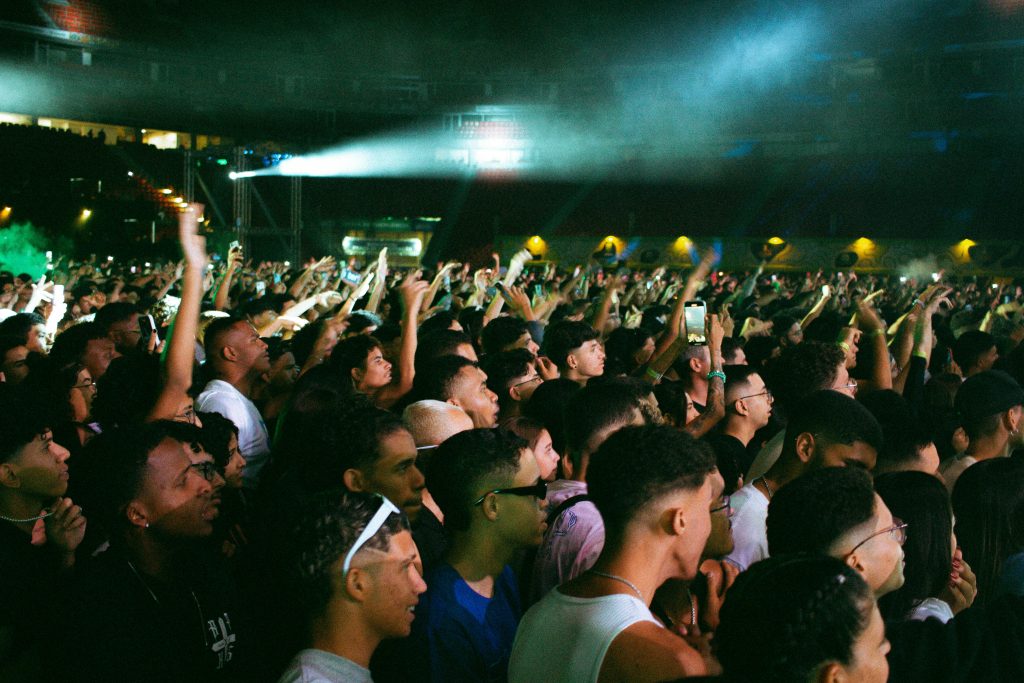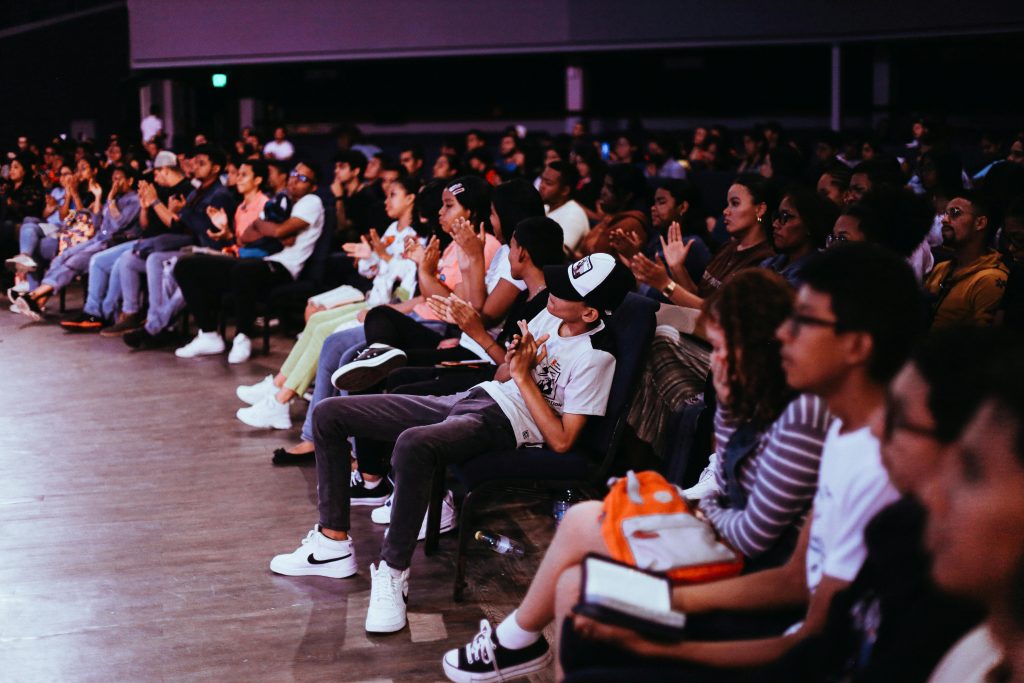
In today’s digital landscape, social media has become an indispensable tool for brands aiming to enhance their visibility and foster meaningful connections with consumers. With billions of users worldwide, platforms like Instagram, TikTok, Facebook, and YouTube present unprecedented opportunities for businesses to build brand awareness and engage their target audiences. This blog post delves into the multifaceted impact of social media growth on brand awareness, exploring key concepts such as influencer collaborations, demographic influences on brand perception, and the role of user-generated content (UGC). As we navigate this dynamic environment, we will also highlight how Sociobo’s innovative services can help individuals and businesses leverage social media to establish a powerful brand identity.
The Evolution of Brand Awareness Through Social Media
Historically, brand awareness was primarily cultivated through traditional advertising channels such as television, radio, and print media. While these methods still hold value, the rise of social media has transformed the marketing landscape. Brands now have the opportunity to engage directly with consumers, fostering relationships that were previously unattainable. This shift has not only democratized brand promotion but has also made it more interactive and personalized.

The Power of Influencer Collaborations
One of the most significant developments in social media marketing is the rise of influencer collaborations. Influencers—individuals who have cultivated substantial followings on social media—offer brands a unique avenue to expand their reach and connect with targeted audiences. According to recent studies, the global value of the influencer marketing industry reached an impressive $21.1 billion in 2023, underscoring the effectiveness of this approach.
Influencer marketing is particularly appealing because it provides a more authentic and relatable form of brand promotion compared to traditional advertising methods. Influencers have established trust with their followers, making their endorsements more impactful. In fact, over 80% of marketers believe that influencers are essential to their overall social media strategy.
However, brands must approach influencer collaborations strategically. While follower count is often the first metric that comes to mind, engagement rate is equally, if not more, important. A good engagement rate typically falls between 1% and 5%. Brands should consider partnering with macro-influencers (those with 100,000 to 1 million followers) who can offer a balance of substantial reach and targeted audience engagement.
For instance, a successful campaign by Rinck Advertising for TONI&GUY hair products utilized a diverse mix of influencers, resulting in nearly 300,000 video views and over 500,000 impressions. This example illustrates how effective influencer collaborations can significantly enhance brand visibility and credibility.
Best Practices for Influencer Collaborations
To maximize the benefits of influencer partnerships, brands should adhere to several best practices:
- Clear Communication: Providing influencers with detailed briefs and performance expectations is crucial for successful partnerships.
- Authenticity: Collaborating with influencers who genuinely align with the brand’s values ensures more relatable content that resonates with audiences.
- Diversification: Incorporating a mix of influencer tiers, from micro to mega, can help brands reach diverse audience segments and achieve various campaign objectives.
- Performance Tracking: Utilizing platforms that allow brands to measure key metrics across all social platforms can aid in evaluating the effectiveness of influencer
collaborations. - Long-Term Relationships: Building ongoing partnerships with influencers fosters stronger brand advocacy and authentic content over time.
Demographic Influences on Brand Perception
Understanding the demographic influences on brand perception is crucial for brands aiming to tailor their marketing strategies effectively. Research indicates that brand recognition and loyalty patterns begin to form at a remarkably early age. Children as young as 18-24 months can recognize brands, and these early impressions can have lasting effects. For example, up to a quarter of brand preferences formed by age three can persist throughout a person’s lifetime.

As consumers age, their relationships with brands evolve. Generation Z, often referred to as “prosumers,” wields significant buying power and influence, estimated at $1.2 trillion in 2012. This generation is characterized by high media consumption and a tendency to act as brand advocates, influencing not only their peers but also older generations.
Interestingly, there is a notable divide in brand sustainability perception between the oldest and youngest generations. Baby Boomers (ages 56-65) are often the most critical of brands’ environmental sustainability efforts, closely followed by Gen Z (ages 18-25). This highlights the importance of tailoring messaging and sustainability efforts to resonate with specific age groups.
For instance, while Google is perceived as the most sustainable brand by Gen Z, PayPal holds this distinction among Baby Boomers. Brands must recognize these differences and adapt their strategies accordingly.
The Role of User-Generated Content
User-generated content (UGC) has emerged as a powerful force in shaping brand perception and driving consumer engagement. UGC encompasses various forms of authentic, customer-created content, including images, videos, reviews, and social media posts. The authenticity of UGC resonates with consumers, as 86% of people state that authenticity is crucial when deciding which brands to support.
Research shows that UGC can increase click-through rates by up to 400% in advertising campaigns. This dramatic increase in engagement demonstrates the power of peer influence in the digital age. Moreover, when consumers interact with UGC on a brand’s website, conversion rates can increase by up to 100.6%, highlighting the direct impact on sales.
Building Brand Loyalty Through UGC
UGC not only fosters brand loyalty but also creates a sense of community around the brand. By encouraging and showcasing user content, brands can transform satisfied customers into vocal advocates. This strengthens the relationship between the brand and its existing customers while attracting new consumers who are more likely to trust peer recommendations over traditional marketing messages.

To effectively leverage UGC, brands should implement strategies that encourage user participation. Creating branded hashtags, running contests or challenges, and offering incentives can motivate users to contribute content actively. Collaborating with influencers can also kickstart UGC campaigns, amplifying reach and credibility.
However, brands must navigate the challenges of UGC carefully. While it offers unparalleled authenticity, it also means relinquishing some control over the brand narrative. Implementing clear guidelines and moderation processes can help maintain brand integrity while still harnessing the power of user voices.
The Sociobo Advantage
As brands strive to enhance their social media presence and build brand awareness, Sociobo offers a unique solution through its exclusive program designed for individuals and businesses. By employing a technique known as “social proof aggregation,” Sociobo systematically enhances a brand’s visibility, authority, and influence across various social media platforms.

Sociobo’s approach revolves around the concept of social proof, a psychological phenomenon where individuals conform to the actions and beliefs of others, especially in uncertain situations. In the realm of social media, social proof manifests through metrics such as followers, likes, comments, and shares. High numbers in these metrics suggest credibility and popularity, attracting more genuine engagement and followers.
Sociobo provides aggregated followers and engagement as a method to boost the perceived credibility and influence of a social media profile. Unlike fake followers, which can harm engagement rates and reduce content visibility, Sociobo’s aggregated followers are high-quality bot accounts created using official apps. These accounts are active and engaged with your content, helping to improve profile discovery and positively impacting trust scores in social media algorithms.
By leveraging Sociobo’s services, brands can effectively enhance their authority and influence on platforms like Instagram, TikTok, YouTube, Facebook, and Spotify. This, in turn, enables them to reach a wider audience and attract genuine followers.
Embracing the Future of Brand Awareness
The growth of social media has profoundly impacted brand awareness, offering brands innovative ways to connect with consumers. From influencer collaborations to the power of user-generated content, brands must adapt their strategies to thrive in this dynamic environment. Understanding demographic influences and leveraging platforms like Sociobo can significantly enhance a brand’s visibility and credibility.
As you navigate the complexities of social media marketing, consider how Sociobo can help you build your personal or brand identity. By employing social proof aggregation techniques, you can enhance your social media presence and reach a wider audience. Explore the services offered by Sociobo today and take the first step toward establishing a powerful brand identity in the digital age. Visit Sociobo.com to learn more about how we can assist you in your journey to brand success.






No comment yet, add your voice below!